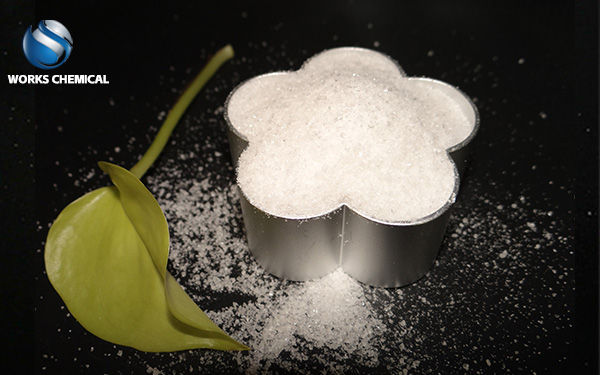
Sludge conditioning is usually an important part of the sewage treatment process, which involves several common methods:

Chemical conditioning: By adding chemical sludge conditioner to improve the dewatering performance of the sludge. These agents often include flocculants and coagulants, such as polyacrylamide, iron salts, or aluminum salts.
Heat treatment: The sludge is heated to reduce its moisture content. This method can significantly improve the stability and dewatering of sludge.
Biological conditioning: The use of microorganisms to decompose organic matter in the sludge, thereby reducing the amount of sludge and improving its dehydration characteristics. This method is generally more environmentally friendly, but requires a longer processing time.
Mechanical conditioning: The use of mechanical methods such as centrifugation, pressure filtration, etc., to separate solids and liquids in the sludge. This method is more efficient, but may require a large energy input.
Electric conditioning: The electric field is used to change the charge characteristics of the sludge particles, so as to promote the polymerization and settlement of the sludge particles.
Different conditioning methods are suitable for different types of sewage treatment plants and sludge characteristics, and selecting the right method can significantly improve the efficiency and quality of sludge treatment.